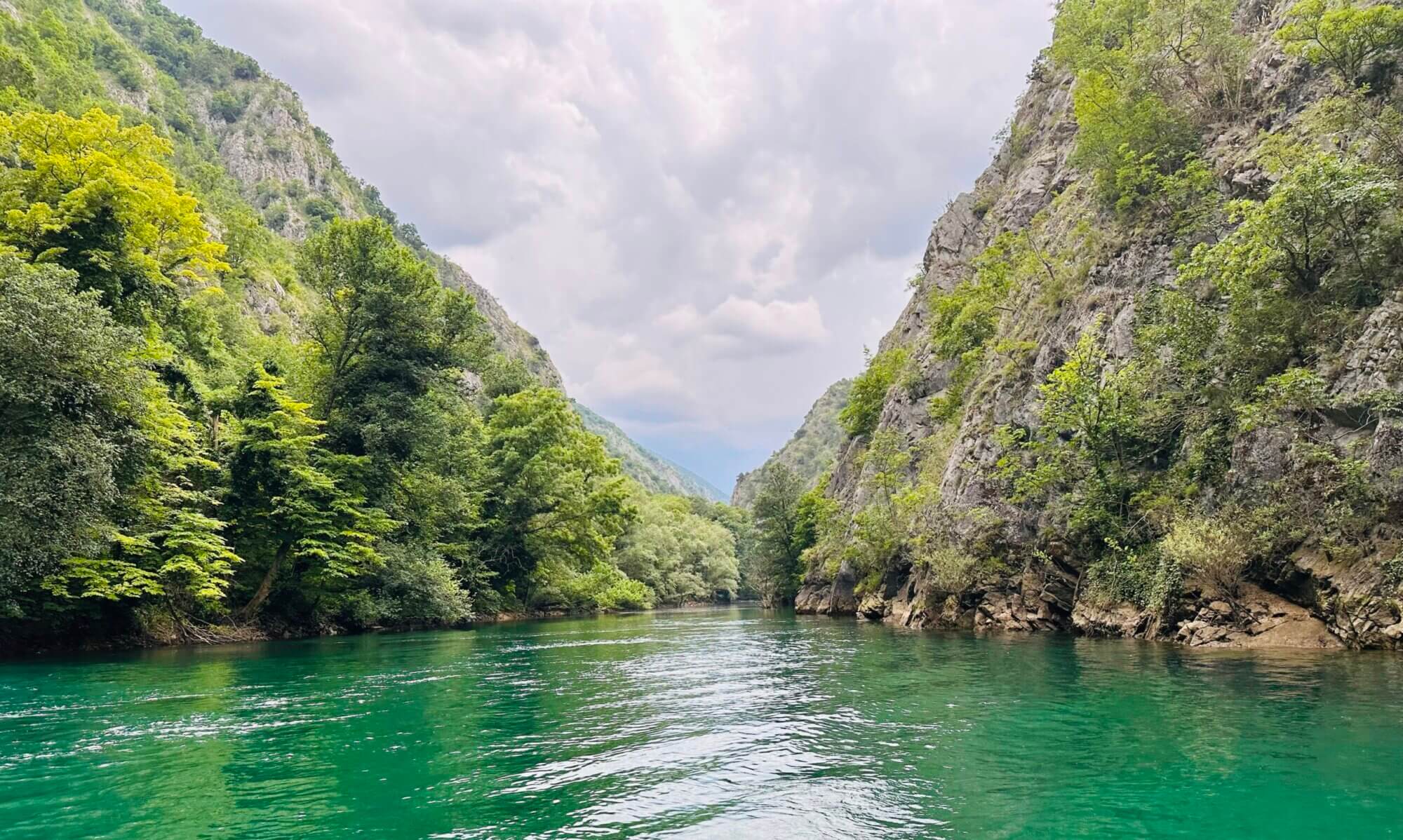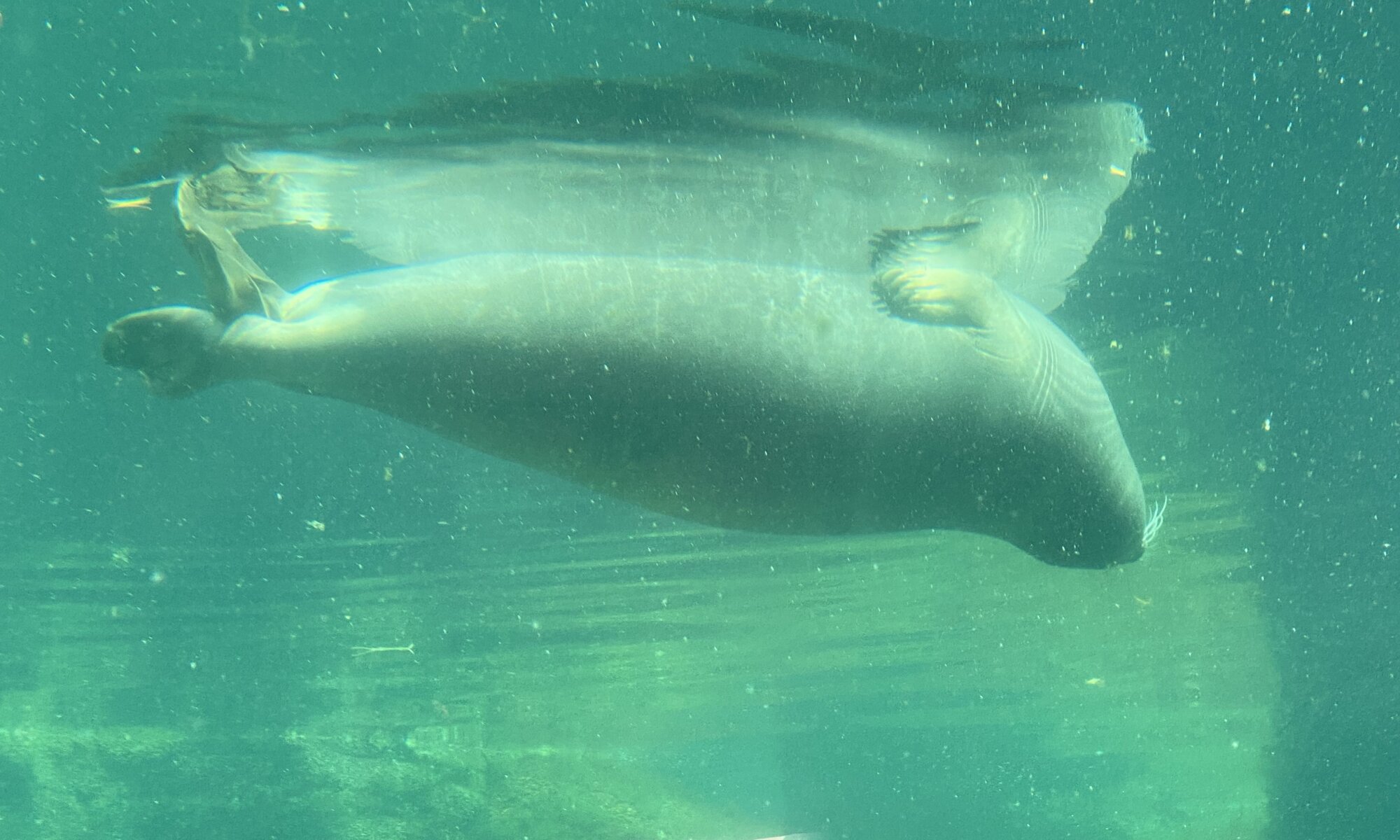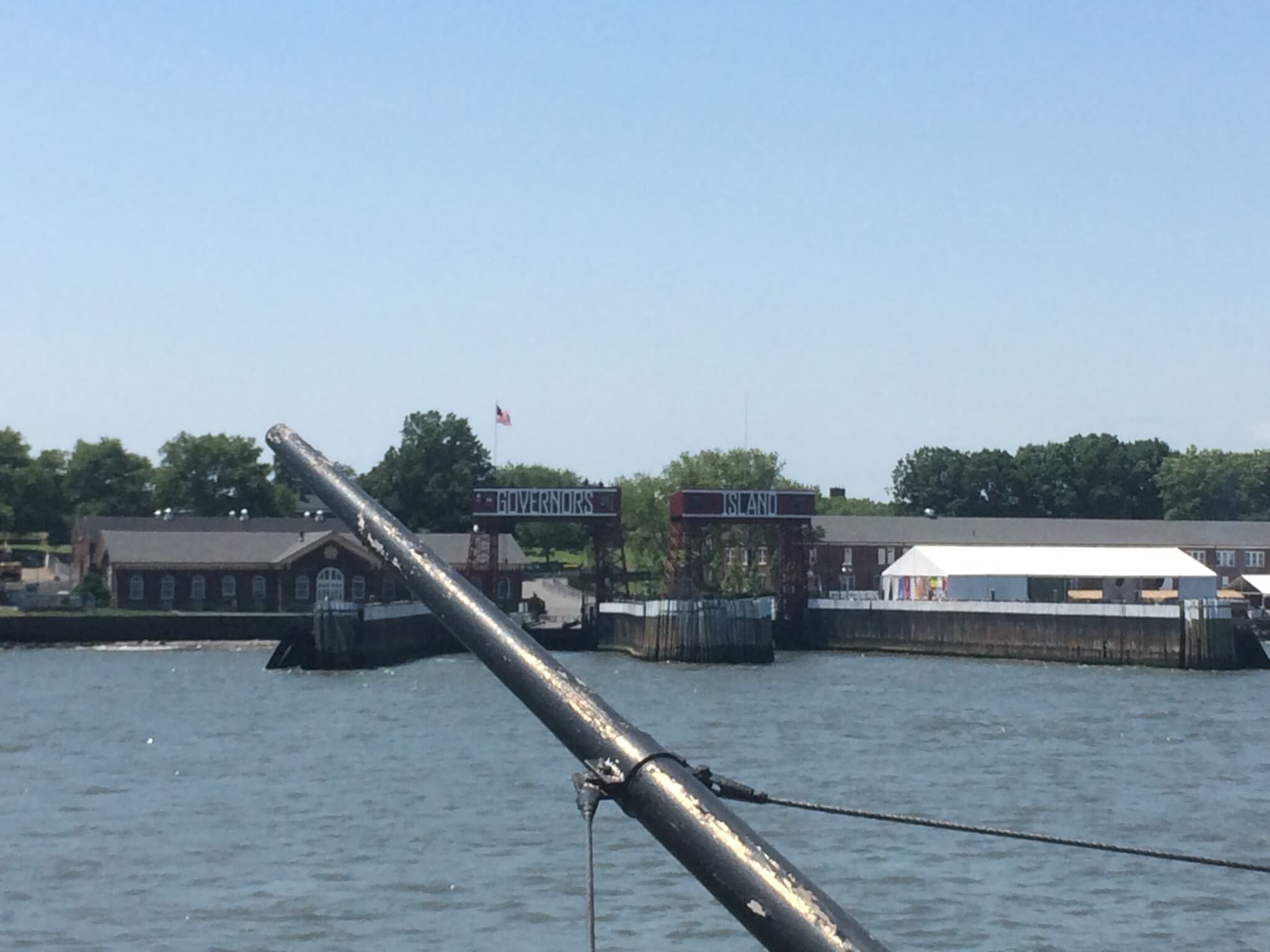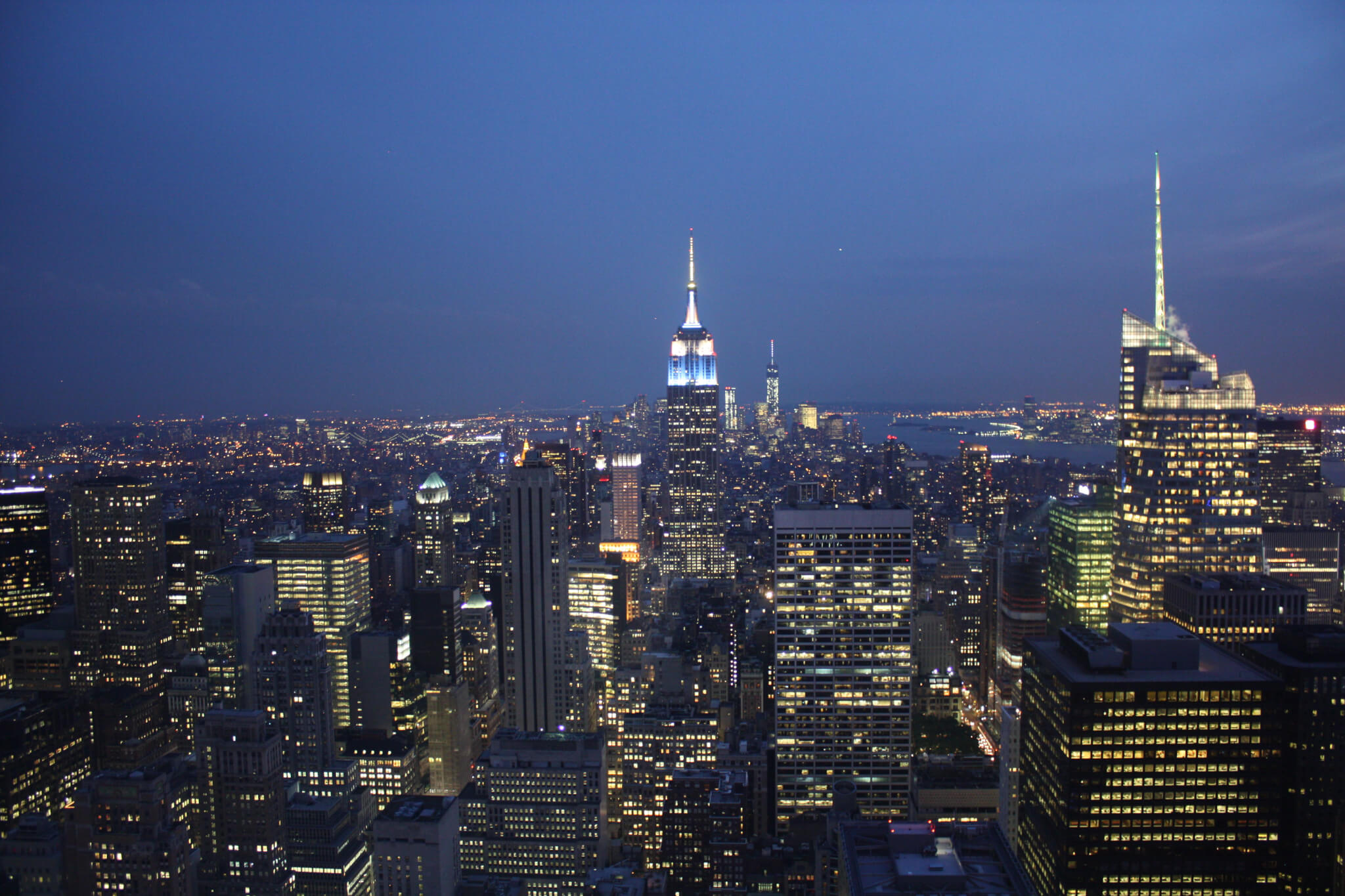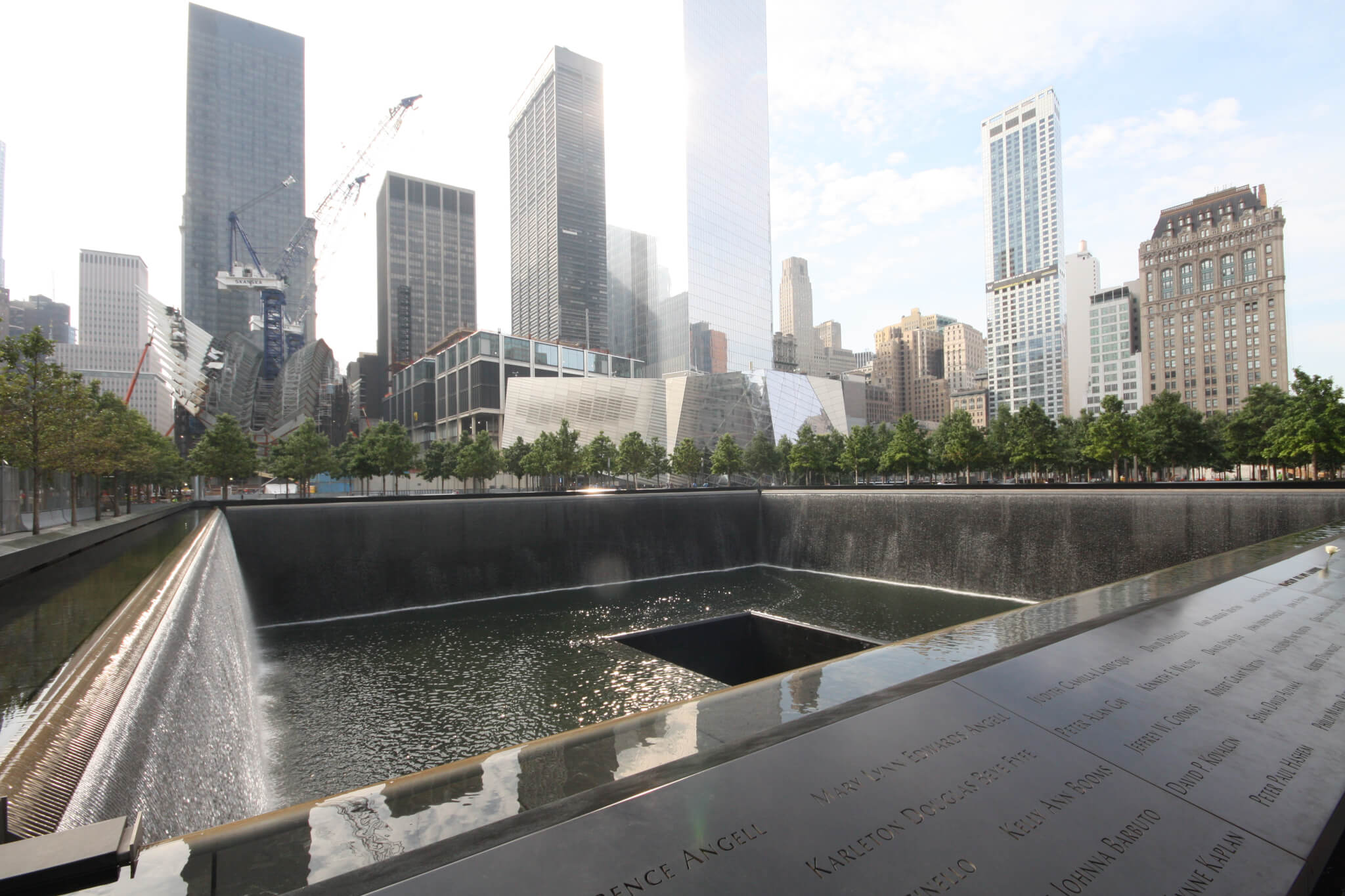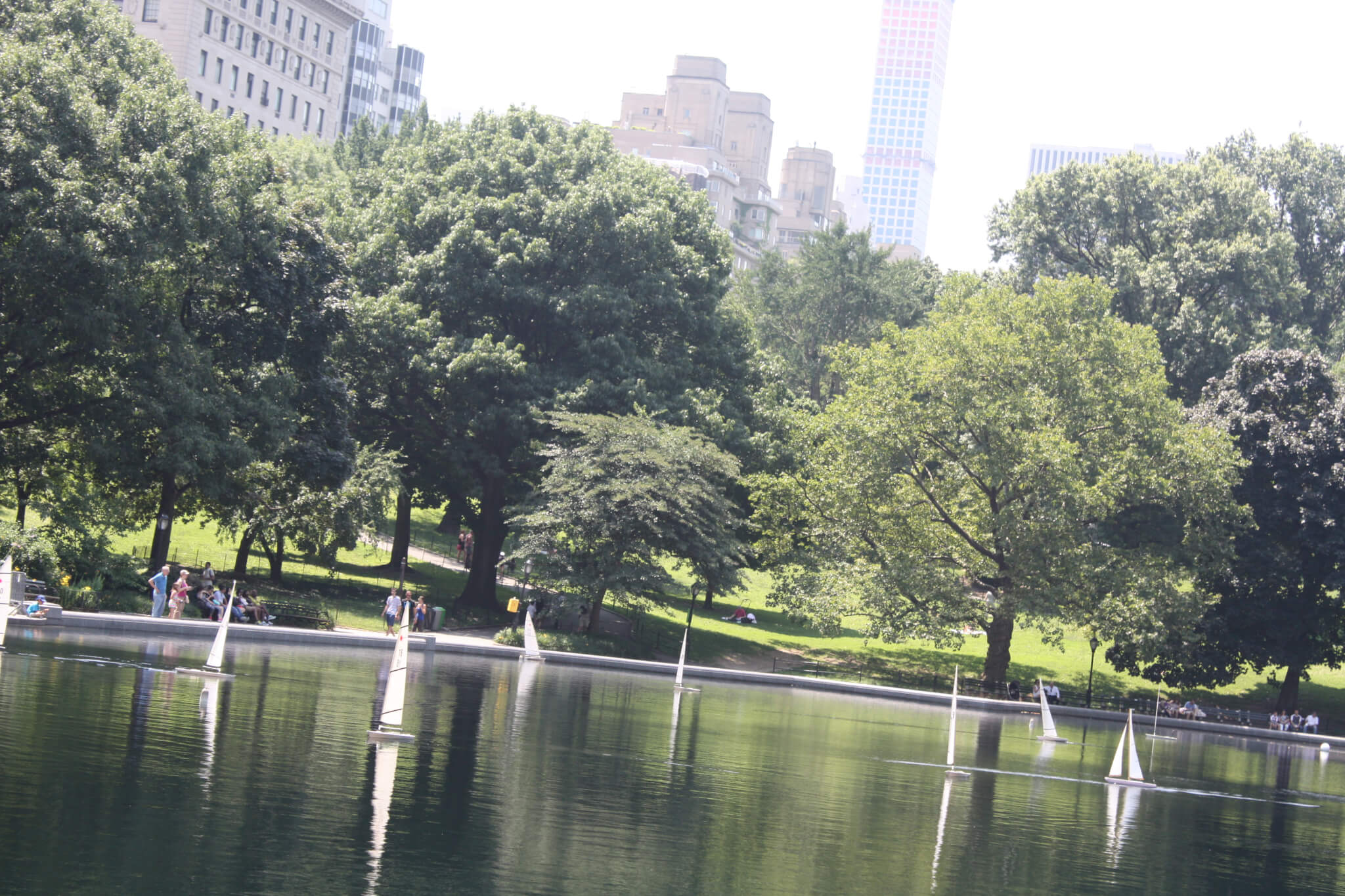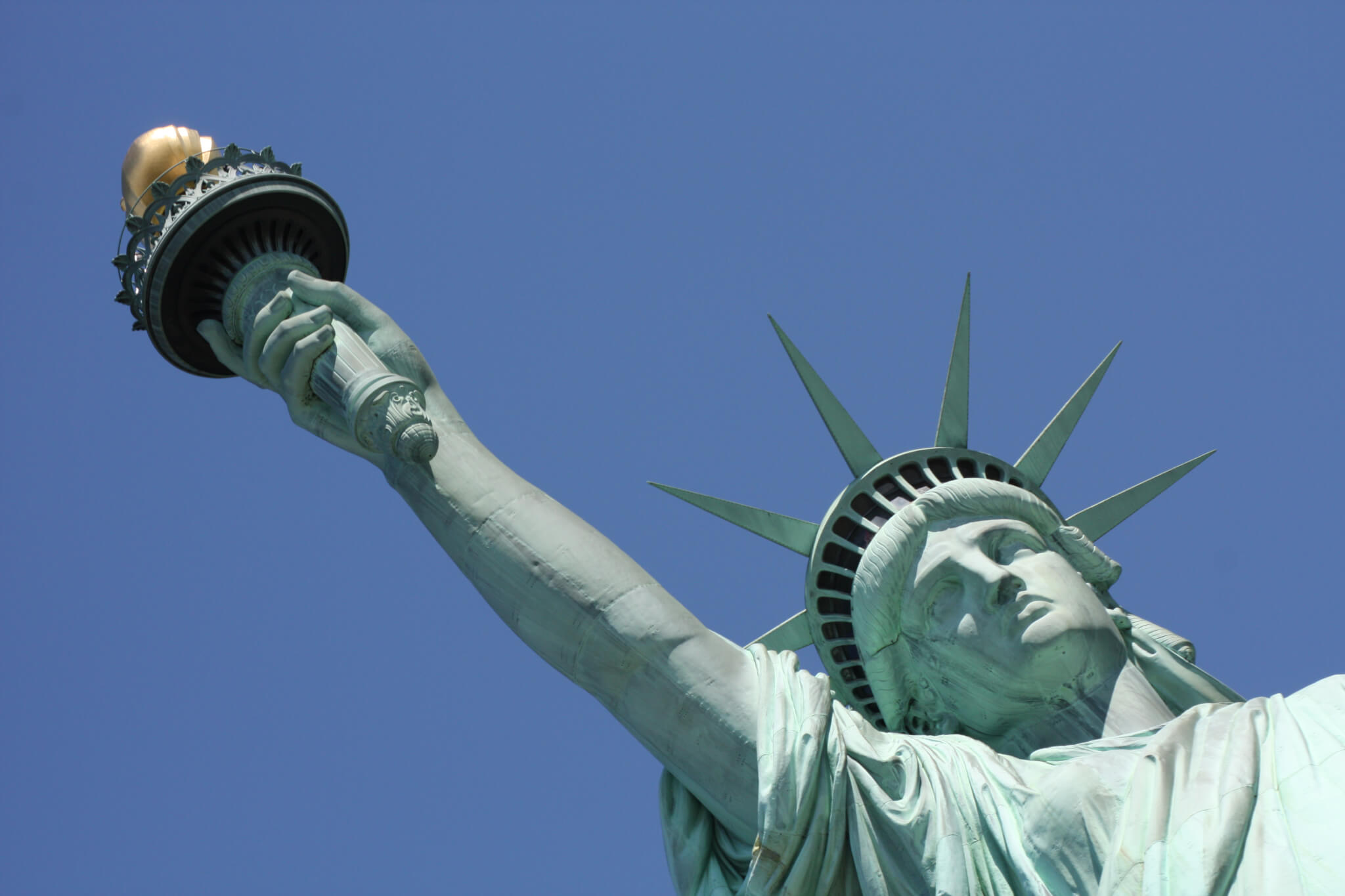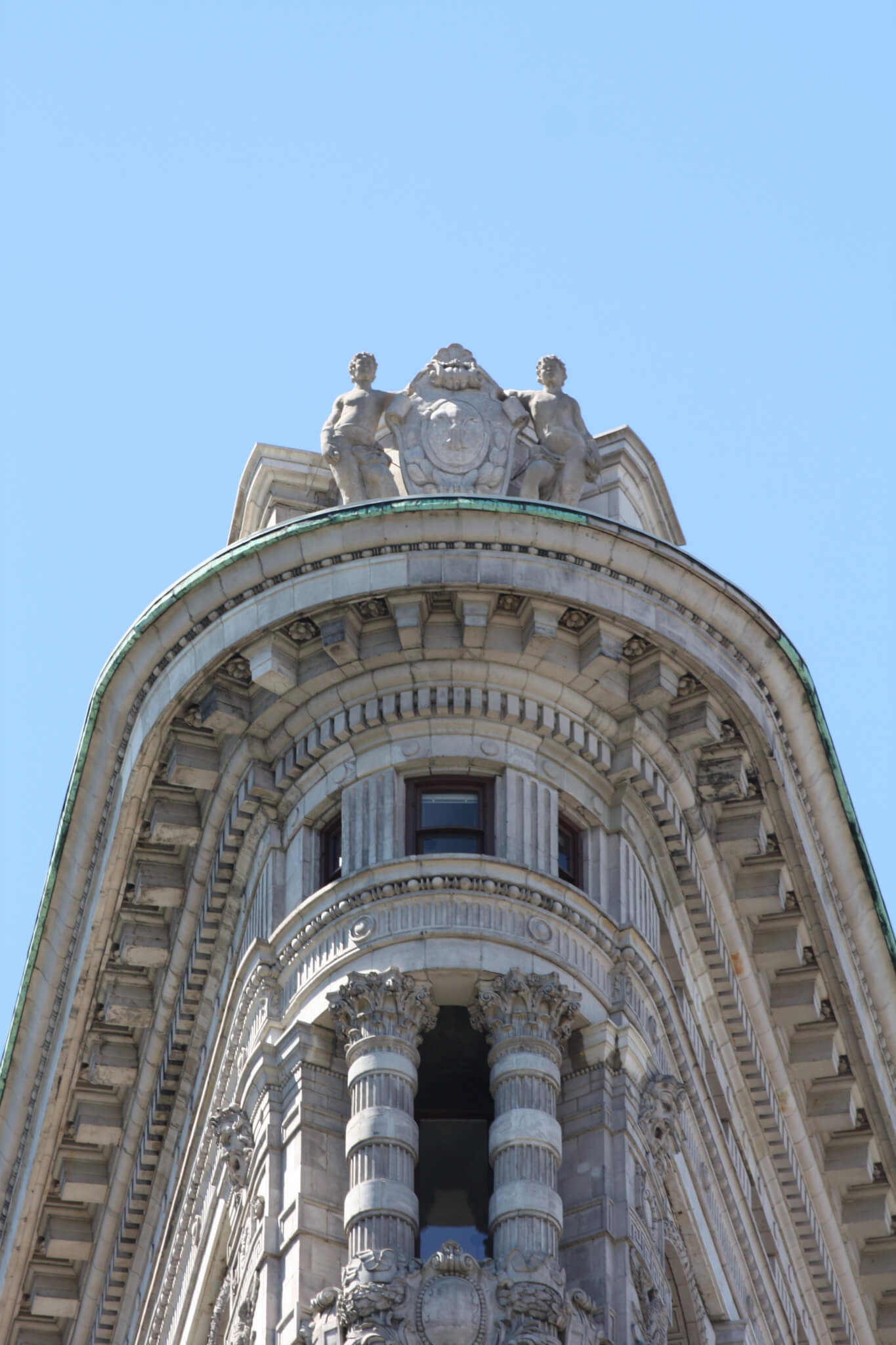The zoological garden of Frankfurt am Main, Germany has been opened in 1858 – and is therefore the second oldest zoo in Germany. It is definitely not the most modern and best zoo, but if you’re travelling with children it is always fun. Watching the sea lions in their new territory is great!
Continue reading “Zoo of Frankfurt”Governors Island
If you are in Manhattan and need some green fields, trees and a place for a picnic, a short boat trip is helpful. Close to the southern tip of Manhattan Island there is Governors Island, a place that was used by the U.S. forces until 1997. From 2003 on the island is open to the public and you can visit Fort Jay and Castle Williams.
Continue reading “Governors Island”The Highline
The Highline is a pretty new but already well known sight in New York. It is an old railway track converted into a park above the ground. It opened up in 2009, was extended later on and is now 2.3 km long. It is running throughout the Meatpacking District of New York and is always a good cause for a promenade.
Continue reading “The Highline”Top of the Rocks
To me the best viewing platform in New York City. The Rockefeller Center is a building complex consisting of 21 skyscrapers with lots of bars, restaurants and shopping opportunities. It also has a nice square where you can sit outside and the media industry uses Rockefeller Center as a main location. The GE Building with 70 floors is the highest building within this venue.
Continue reading “Top of the Rocks”9/11
I guess everybody still knowns where he or she was when terrorists transformed a part of Manhattan into Ground Zero on 11th of September, 2001 (I myself was doing my civilian service in Göttingen, Germany). This date has eternalized in the memories of people around the world. You can now visit the memorial and a very impressive museum at the original location.
Continue reading “9/11”A visit to the shore
Tired of the big city? Take the A train to Rockaway beach! You can enjoy a long metro ride through Queens and afterwards walk along the sandy beach. There are no typical beach facilities (as one would expect back home) and I was quite irritated by the standardized homes along the way but there is nothing like a cool summer breeze close to the ocean.
Continue reading “A visit to the shore”Exploring Central Park
Central park is the archetype of the green lungs of cities. The park is 341 hectare large and gives you 94 km of paths to walk. The citizens of Manhattan use it for sporting, just walking around or having a picnic. It is a wonderful place that features unique bridges, fountains, lakes, a castle and lots of greenfields.
Continue reading “Exploring Central Park”The Gateway to the States
When people came as immigrants to the United States from 1892 to 1954 they first had to stay at Ellis Island, an island in the harbour of New York. There they were questioned and examined for diseases. 12 million people arrived to the country on this way.
Continue reading “The Gateway to the States”Lady Liberty
Coming to New York meant to be coming to a place seen an endless number of times – on mass media. One of these places well known is the Statue of Liberty in the harbour of New York. The statue made of copper was inaugurated in 1886 and is a present from the people of France. It is a UNESCO World Heritage site.
Continue reading “Lady Liberty”Flatiron Building
Close to Madison Square Park you can find one of New York’s most impressive buildings and it is worth to get there, even if you can merely watch it from the outside. The Flatiron building has a triangular shape and uses all space available at this intersection (which isn’t much).
Continue reading “Flatiron Building”